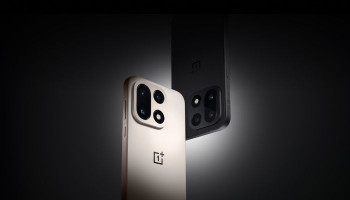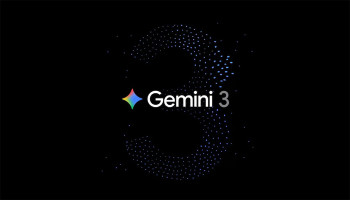
Google Bard received a major update this week, introducing new features to the AI-powered chatbot. The most significant enhancement is the addition of image generation capabilities, allowing Google Bard to generate images from text inputs.
While still it cannot produce image-to-image outputs yet, the new feature is a notable addition. Google Bard has been expanded to over 230 countries and territories, now supporting more than 40 languages. This update came just a day after Google announced the upcoming Google Bard Advanced, powered by Gemini Ultra, which will feature a paid subscription model.
Google announced this update via a blog post where it highlighted the list of upgrades for the AI Chatbot. OpenAI's ChatGPT Plus, Microsoft Copilot, and Baidu's Ernie Bot had this feature for a while but it's still not too late for Google Bard to compete with its rivals.
Google Bard's AI image generator
The AI image generator in Google Bard can now create images based on text prompts that can be multiple paragraphs long. Google claims that the generated images will be of high quality, wide-ranging, and photorealistic.
Read more: Google Bard to offer subscription-based 'Advanced' version powered by Gemini Ultra
According to Gadgets360, the resolution of the images is fixed at 1,536x1,536, which cannot be changed. The images are also not photorealistic and can easily be distinguished as digitally created in some cases. To mitigate the risk of deepfakes, Google Bard refuses requests to generate images of real-life people. The AI image generator utilises the Imagen 2 model, shared with Google's ImageFX and Vertex AI.
This feature aims to minimize AI hallucinations, where the AI confidently provides incorrect responses. Users can access the 'double-check' feature by clicking the G icon below the generated response.
The images created by Google Bard are marked with a watermark using SynthID, a tool developed by Google's DeepMind division for watermarking and detecting AI-generated images. SynthID embeds a digital watermark into the image pixels, making it detectable for identification while being imperceptible to the human eye “This technology embeds a digital watermark directly into the pixels of an image, making it imperceptible to the human eye, but detectable for identification,” the company said.
Read more: Code Llama 70B: Meta releases 'largest', 'best-performing' AI coding model
Furthermore, Google Bard's global availability has expanded, reaching more than 230 countries and territories, and language support has increased to over 40 languages, including Arabic, Bengali, Tamil, and Urdu. The 'double-check' feature, which indicates parts of the response sourced from the internet along with citations, is now available in all supported languages.
















